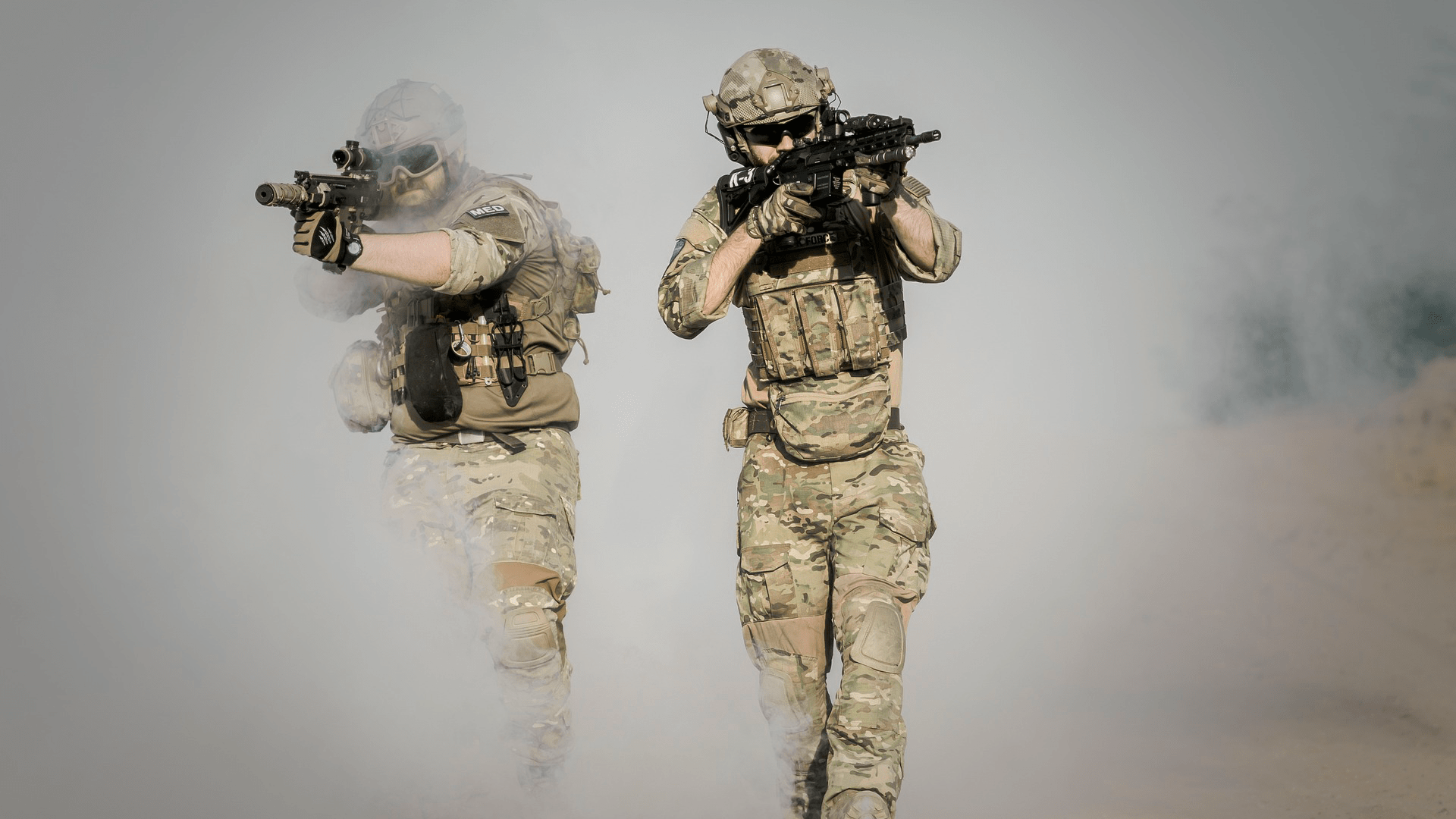Military Education: The Ultimate Guide to Choosing a Rucking Backpack
Rucking has become one of the most popular ways to train both military and civilian personnel. A rucking backpack is a key piece of gear for this type of training, but with so many options on the market, it can be hard to know which one is right for you. In this guide, we will answer some common questions about rucking backpacks and provide tips on how to choose the right one for your needs.
What is Rucking?
Rucking is a type of training that involves carrying a weighted backpack (or rucksack) over long distances. This type of training was originally developed by the military as a way to simulate the conditions of combat, but it has since been adopted by civilians as a way to improve fitness and endurance.
What are the benefits of Rucking?
There are many benefits to rucking, both for military personnel and civilians. Some of the most commonly cited benefits include improved cardiovascular fitness, increased muscle strength, and improved joint stability. Additionally, rucking can help improve mental toughness and discipline.
How do I choose a Rucking Backpack?
When choosing a rucking backpack, there are several factors you will need to consider. The first is the size of the backpack. Rucking backpacks come in a variety of sizes, from small day packs to large expedition packs. The size you choose will depend on the type of rucking you plan on doing and the distance you will be covering.
Padding
Padding is another important factor to consider when choosing a rucking backpack. Rucking can be tough on the body, so it is important to have a backpack that is well-padded and comfortable to wear. Look for a backpack with thick shoulder straps and a padded back panel.
Waterproofing
If you plan on doing any rucking in wet weather, it is important to choose a waterproof backpack. Waterproof materials will help keep your gear dry and protected from the elements.
Fabric
The fabric of your rucking backpack is also an important consideration. Rucking backpacks are typically made from either nylon or canvas. Nylon is a lightweight and durable material that is often used in outdoor gear. Canvas is a heavier fabric that is more traditional but still very tough.
Compartments
When choosing a rucking backpack, it is also important to consider the number and size of the compartments. Rucking backpacks typically have one large main compartment and several smaller pockets or compartments. The main compartment should be large enough to fit all of your gear, including extra clothing, food, and water. Smaller compartments can be used to organize your gear and keep things like maps and keys easily accessible.
What are some other things I need for Rucking?
In addition to a rucking backpack, there are a few other pieces of gear you will need for rucking. These include:
- Rucksack: This is the weighted backpack that you will be carrying during rucking. Rucksacks come in a variety of sizes, from small day packs to large expedition packs.
- Water: It is important to stay hydrated during rucking, so be sure to bring plenty of water. A water bladder or CamelBak can help carry water while rucking.
- Clothing: Wear comfortable, loose-fitting clothing that will not restrict your movement. Avoid cotton fabrics as they tend to absorb sweat and hold moisture.
- Shoes: Wear sturdy, comfortable shoes with good support. Running shoes or hiking boots are typically a good choice for rucking.
- Food: Bring snacks or energy bars to eat during breaks. Rucking can be strenuous exercise, so you will need to replenish your energy levels.

